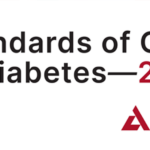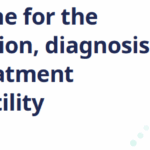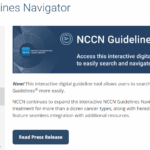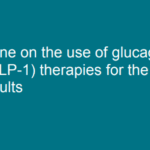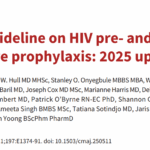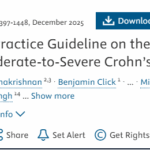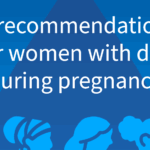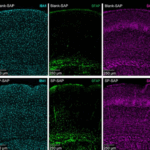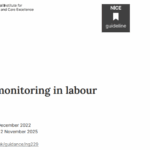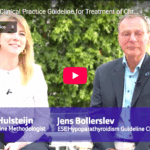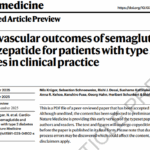Linee guida sulla diagnosi e gestione della polmonite negli adulti
PolmoniteQuesta linea guida pubblicata da NICE è stata sviluppata prima della pandemia di COVID-19. Copre la diagnosi e la gestione della...
AI identifica un farmaco antimalarico come possibile trattamento dell’osteoporosi
Notizie dalla RicercaI ricercatori dell’American Chemical Society (ACS) hanno pubblicato su ACS Central Science uno studio dove hanno utilizzato un...
Prevenzione e trattamento dell’arresto cardiaco
CardiovascolareNonostante gli enormi progressi medici e tecnologici, nella maggior parte del mondo la sopravvivenza ad un arresto cardiaco improvviso...
Linee guida sulla diagnosi e gestione dell’esofago di Barrett
Gastroenterologia ed EpatologiaESGE ha pubblicato sulla rivista “Endoscopy” una linea guida aggiornata sulla diagnosi e gestione dell’Esofago di Barrett (BE)....
Linea Guida sulla diagnosi e sul trattamento di bambini e adolescenti con disturbo dello spettro autistico
AutismoI bambini e gli adolescenti con diagnosi di disturbo dello spettro autistico necessitano di una presa in carico efficace e adattata ai loro...
Linee guida italiane sulla gestione della tossicità da immunoterapia
OncologiaLe Linee Guida AIOM “Gestione della Tossicità da Immunoterapia” hanno lo scopo di formulare raccomandazioni in merito alla gestione...
Combinazione di farmaci potrebbe far morire di fame le cellule del cancro al pancreas
Notizie dalla RicercaSecondo un nuovo studio dei ricercatori della NYU Grossman School of Medicine e Perlmutter Cancer Center, una nuova combinazione di...
NICE: linea guida sulla perdita dell’udito negli adulti, valutazione e gestione
OtorinolaringoiatriaQuesta linea guida copre alcuni aspetti della valutazione e della gestione della perdita dell’udito nell’assistenza primaria,...
Medicina di precisione per la prevenzione, diagnosi e trattamento del diabete
Notizie dalla RicercaE’ stato redatto da 28 Paesi e 200 esperti il documento di consenso sulla Medicina di precisione nella prevenzione e cura del diabete...
Valutazione e gestione dell’incontinenza urinaria nella malattia neurologica
UrologiaQuesta linea guida riguarda la valutazione e la gestione dell’incontinenza urinaria nei bambini, nei giovani e negli adulti con malattie...
Linee guida sulla gestione dei sintomi del tratto urinario inferiore nell’iperplasia prostatica
UrologiaLo scopo di questa modifica alle linee guida dell’American Urological Association (AUA) è fornire un utile riferimento sulla gestione...
Linee guida sul cancro ovarico, riconoscimento e gestione iniziale
Cancro dell'ovaioQuesta linea guida copre l’individuazione, la diagnosi e il trattamento delle donne (di età pari o superiore a 18 anni) che hanno, o si...
Riepilogo delle linee guida cliniche sulla sindrome dell’intestino irritabile
Gastroenterologia ed EpatologiaL’American Gastroenterology Asssociation (AGA) ha pubblicato di recente le linee guida sulle malattie infiammatorie intestinali (IBD). Di...
Colite ulcerosa negli adulti: review
Gastroenterologia ed EpatologiaLa colite ulcerosa (UC) è una condizione infiammatoria cronica del colon; gli individui affetti da UC hanno un’aspettativa di vita...
Sviluppo di un test meno invasivo per la malattia infiammatoria intestinale
Notizie dalla RicercaMolte persone soffrono di malattie infiammatorie intestinali (IBD), che si manifestano in due forme: morbo di Crohn o colite ulcerosa....



